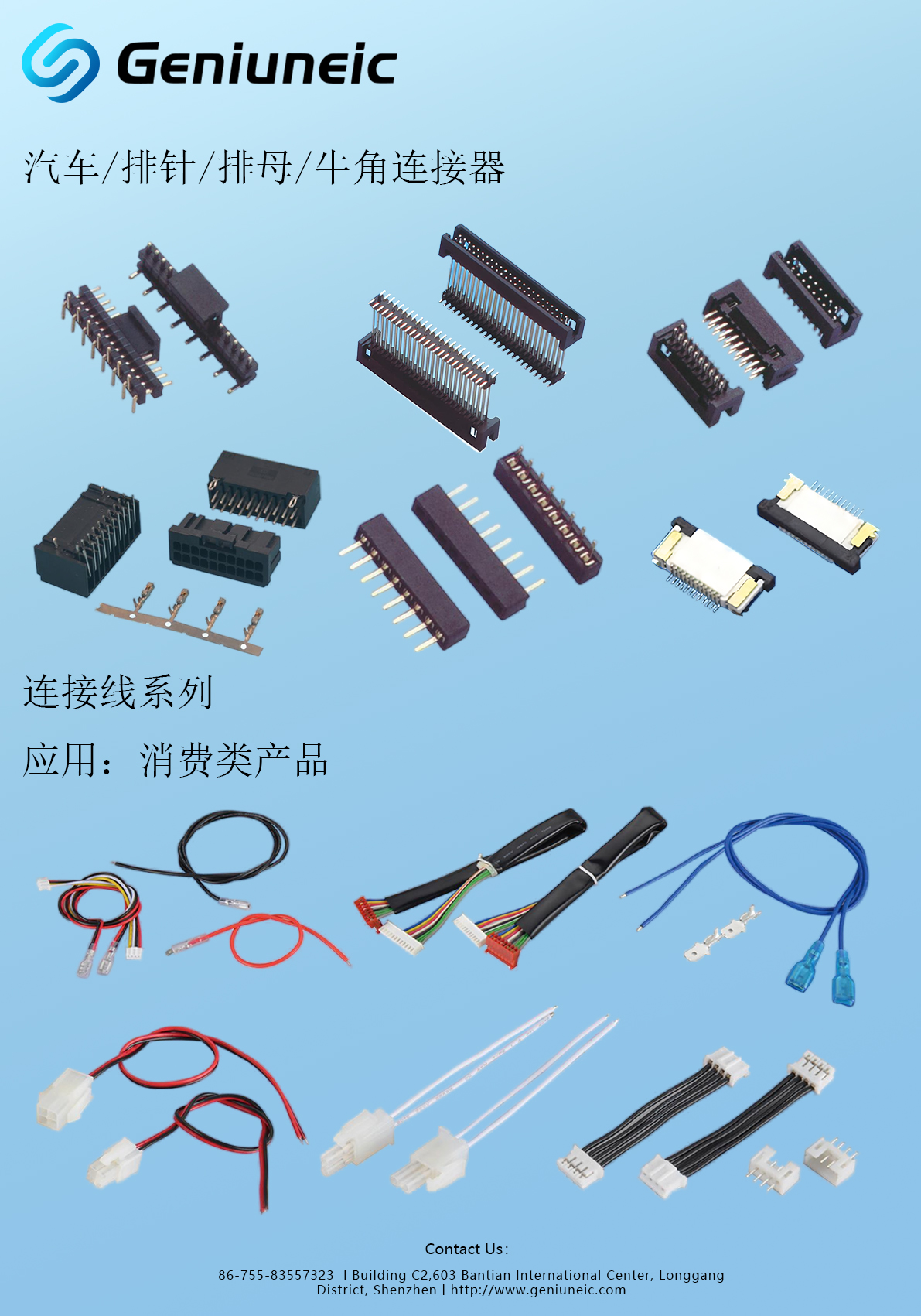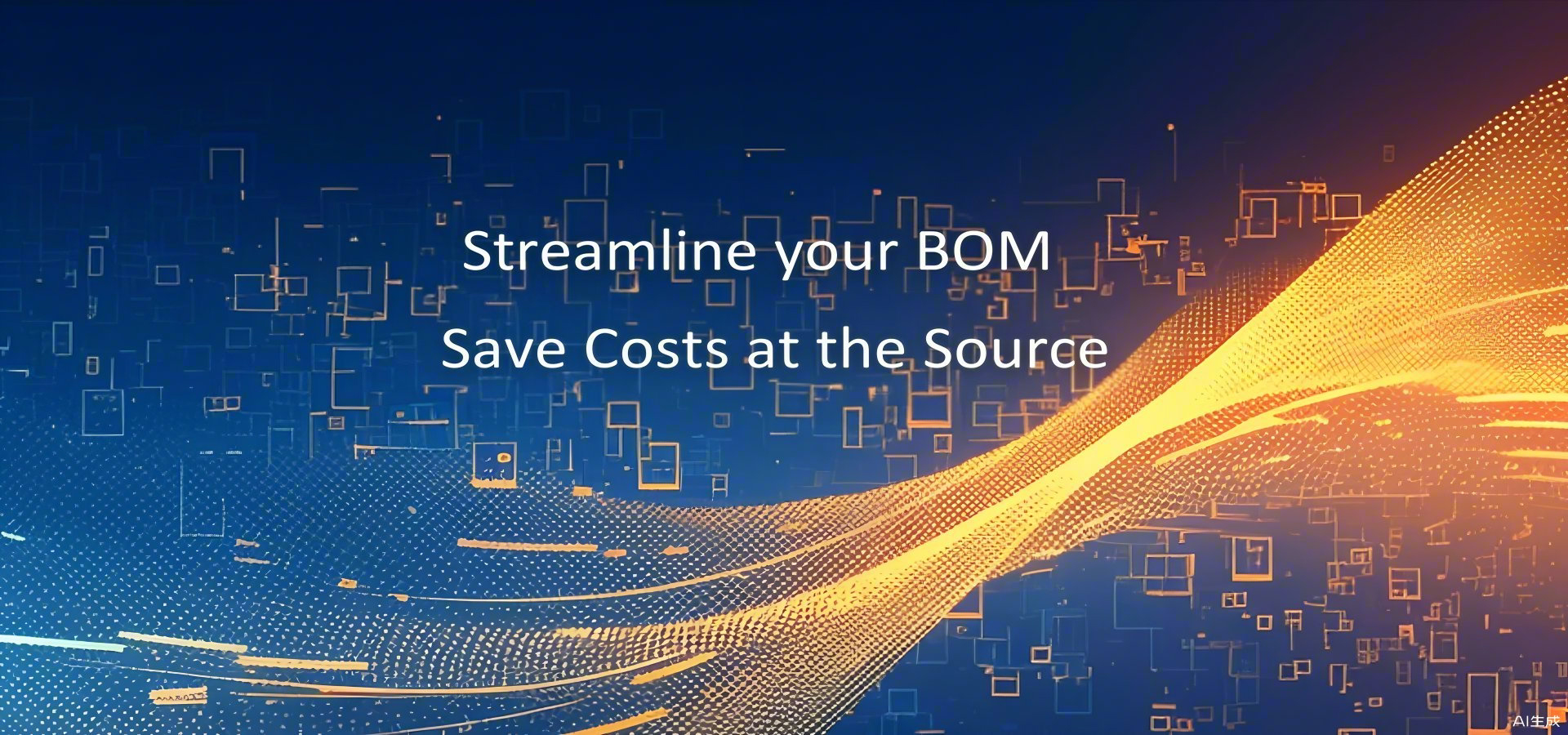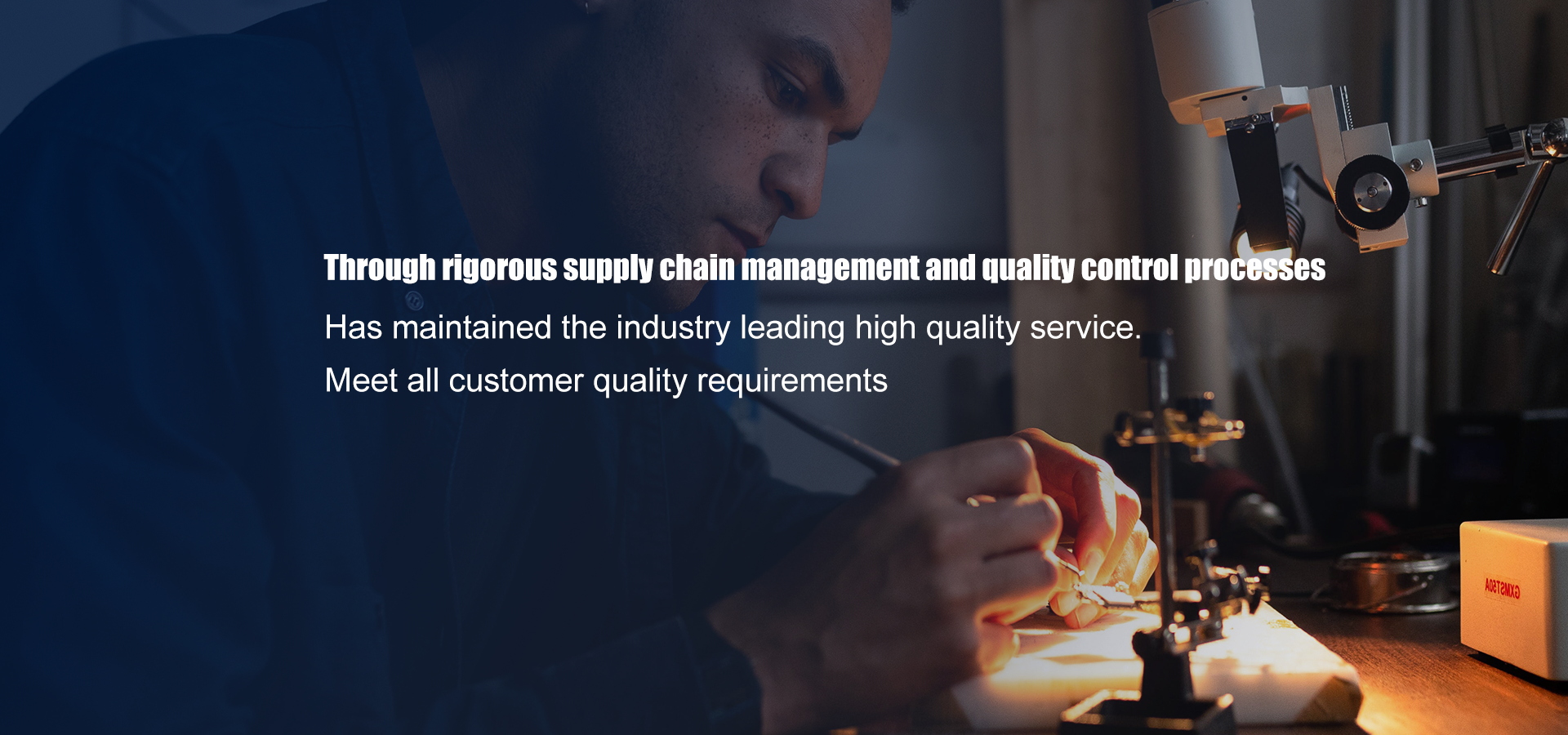

Inverter circuit boards are the heart of inverter systems, controlling and regulating their operation. Understanding the various components on these boards is crucial for anyone working with inverters. This article will provide a detailed overview of the key components found on inverter circuit boards, including resistors, capacitors, inductors, diodes, transistors, IGBTs, optocouplers, and crystals.
1. Resistors
Resistors are fundamental components used to limit current flow. On inverter circuit boards, resistors are denoted by the letter "R." They come in various types:
- Fixed resistors: These have a constant resistance value.
- Variable resistors: These can be adjusted to different resistance values.
- Special resistors: These include high-power or precision resistors.
- Material types: Carbon film, metal film, wire-wound, non-inductive, and thin-film resistors.
- Mounting types: Through-hole (plug-in) and surface-mount (SMD) resistors.
- Functional types: Load resistors, sampling resistors, shunt resistors, and protective resistors.
2. Capacitors
Capacitors store energy and block direct current while allowing alternating current to pass. They are used for filtering, coupling, and resonance in inverter circuits. Capacitors can be categorized by their application:
- Oscillator capacitors
- Correction capacitors
- Deflection capacitors
- Blocking capacitors
- Filter capacitors
- Isolation capacitors
- Compensation capacitors
3. Inductors
Inductors convert electrical energy into magnetic energy and store it. They are used for filtering, coupling, and interference suppression in inverter circuits. Inductors can be classified by their application:
- Oscillator inductors
- Correction inductors
- Deflection inductors
- Blocking inductors
- Filter inductors
4. Diodes
Diodes are electronic components with unidirectional conductivity. They are used for rectification and freewheeling in inverter circuits. When a forward voltage is applied, the diode conducts; when a reverse voltage is applied, it blocks.
5. Transistors
Transistors are current-controlled devices capable of amplifying signals. They are used for signal amplification and processing in inverter circuits. Transistors can be categorized by:
- Material: Silicon or germanium
- Structure: NPN or PNP
- Function: Switching, power, Darlington, or phototransistor
- Power rating: Low, medium, or high power
- Frequency: Low, high, or ultra-high frequency
- Manufacturing process: Alloy or planar
- Mounting type: Through-hole or surface-mount
6. IGBTs
IGBTs (Insulated Gate Bipolar Transistors) are voltage-controlled devices known for their fast switching speed and low power consumption. They are used for high-voltage and high-current control in inverter circuits. IGBTs combine the features of BJT (Bipolar Junction Transistor) and MOSFET (Metal-Oxide-Semiconductor Field-Effect Transistor).
7. Optocouplers
Optocouplers transmit electrical signals via light, providing electrical isolation and signal transfer. They are used for signal isolation and transmission in inverter circuits. An optocoupler consists of an LED and a photosensitive semiconductor device. When the LED emits light, the photosensitive device generates photocurrent, facilitating the conversion from electrical to optical and back to electrical signals.
8. Crystals
Crystals are electromechanical devices that generate vibration frequencies using the piezoelectric effect of quartz crystals. They are used to provide stable clock signals in inverter circuits. Crystals, also known as crystal resonators, are made from precisely cut and polished quartz crystals with electrodes and leads.
9. Other Components
In addition to the components mentioned above, inverter circuit boards also feature other essential elements such as:
- Multi-pin chips: For complex control and processing tasks.
- LEDs and LCDs: For status indication and display functions.
- Relays: For switching control.
- Buzzers: For audible alerts.
These components work together to ensure the proper functioning and stable operation of inverters.

Understanding the components of inverter circuit boards is essential for optimizing their performance and troubleshooting issues. Whether you are designing, maintaining, or repairing inverters, knowing the roles of these components can make a significant difference. If you have any questions or need further insights into inverter circuit boards, feel free to reach out. Let's keep the conversation going and continue to explore the fascinating world of electronics.
At GENIUNEIC Technology, we specialize in BOM (Bill of Materials) optimization solutions, helping manufacturers reduce costs, enhance performance, and ensure supply chain stability. With over 20 years of experience, we deliver tailored solutions for your electronic devices. Our expertise in electronic components supply ensures that you get the highest quality parts at the most competitive prices.
If you're ready to transform your BOM and gain a competitive edge, let’s talk. GENIUNEIC Technology is your trusted partner for BOM optimization. We combine technical expertise with cost-effective solutions to help you meet regulatory standards and boost operational efficiency. Contact us today to explore how we can help your business thrive.


